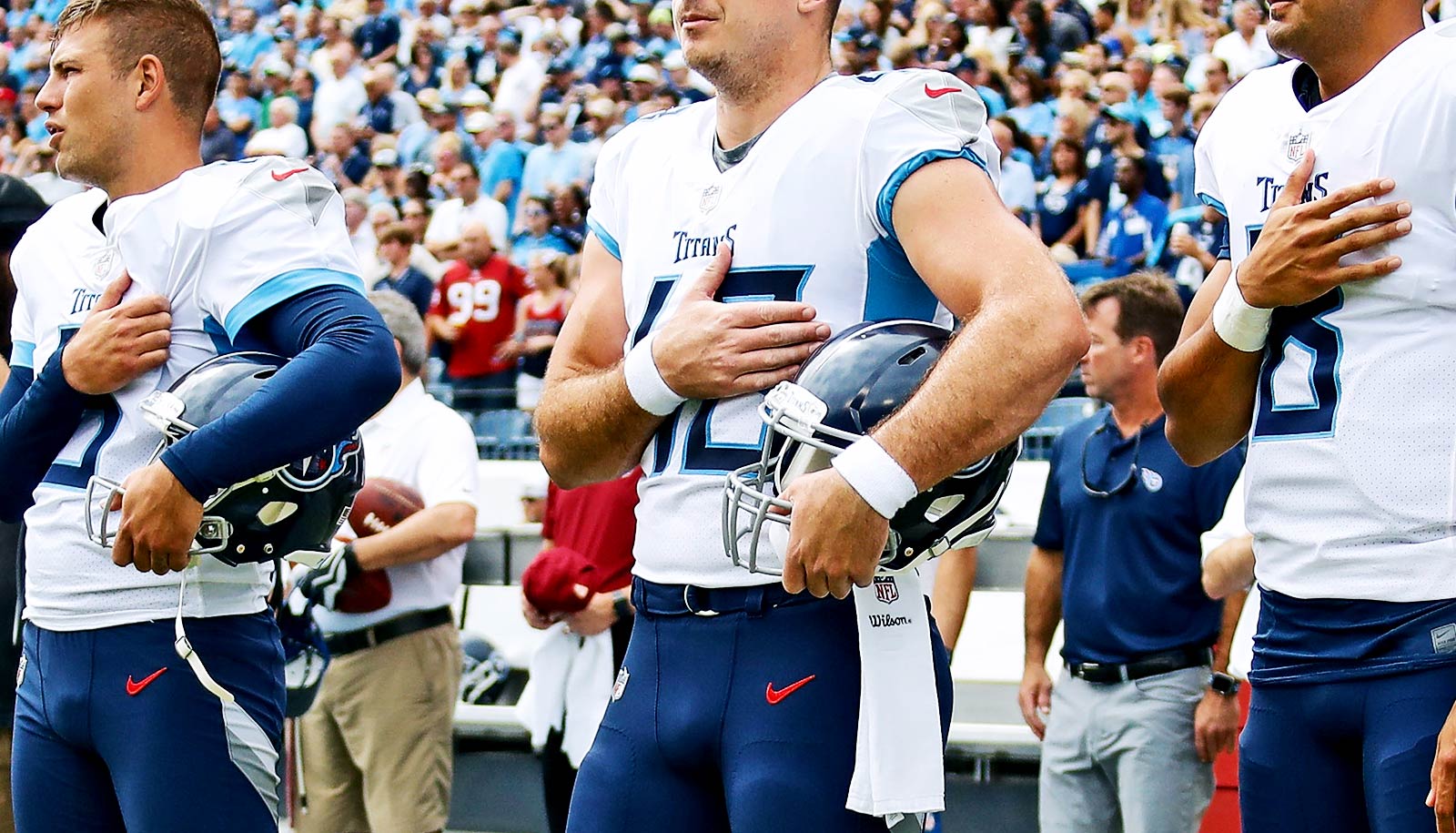Researchers have discovered that former National Football League players, particularly those with larger bodies, have heart abnormalities specifically associated with high blood pressure.
The study is the first to examine how an athlete’s body type and training style (strength versus endurance-based training) may influence changes in the shape of the heart years later. It’s also the first to attempt to distinguish changes that result from the intense nature of athletic training, which are likely harmless, from changes resulting from uncontrolled high blood pressure, which could be a warning sign for cardiovascular problems.
“…we don’t yet truly understand the long-term consequences of high-performance athletics.”
“Because of their years of athletic training at the most elite level, there tends to be an expectation that former professional players would have fewer cardiovascular issues, but there’s a growing body of research that suggests that’s not the case,” says lead author Genevieve Smith, a faculty instructor at the Tulane University School of Medicine,
“Our study suggests we need to be vigilant in monitoring players’ cardiovascular health because we don’t yet truly understand the long-term consequences of high-performance athletics.”
Elite athletes commonly show changes in the shape and size of their hearts in response to their advanced level of athletic training, a condition called “athlete’s heart.” One component of athlete’s heart is left ventricular hypertrophy (LVH), an increase in the thickness of the wall of the heart’s left ventricle.
LVH isn’t harmful when it develops as a result of athletic training. However, in the general population LVH can develop as a consequence of uncontrolled high blood pressure, or hypertension, and links with an increased risk of heart disease.
Researchers examined echocardiograms and images of the heart, along with blood pressure measurements and demographic factors, in a sample of 1,172 former players.
LVH was most prevalent in positions that emphasize strength-based training and large body size.
Overall, about 12 percent of players in the sample had LVH, a rate comparable to that in the general public. The condition appeared to be linked with an increased rate of hypertension, a key risk factor for cardiovascular disease. Former players with severe LVH had significantly higher blood pressure than those without LVH. Those former players with hypertension were also 1.5 times more likely to have LVH than those without hypertension.
In addition, the researchers found the likelihood of LVH tracked closely with the player’s position. LVH was most prevalent in positions that emphasize strength-based training and large body size, including linemen, fullbacks, running backs, linebackers, quarterbacks, and tight ends. The condition was least prevalent among players in skill and speed-based positions such as cornerbacks, safeties, wide receivers, returners, kickers, and punters.
Those in positions emphasizing strength-based training were equally likely to have eccentric LVH, in which there is both thickening of the walls of the left ventricle and enlargement of the left ventricle chamber volume, or concentric LVH, in which only the walls of the left ventricle thicken. Those in skill-based positions were more likely to have concentric LVH.
The findings underscore the need for former players and their doctors to keep an eye on any cardiovascular risk factors and work to keep blood pressure in a healthy range, Smith says.
Another early warning sign for heart problems is obstructive sleep apnea, a common sleep disorder. In a separate study, Smith and her colleagues found that a simple eight-question questionnaire administered during a check-up is a useful low-cost method to flag potential sleep apnea among former NFL players. Researchers have increasingly linked sleep apnea to cardiovascular disease.
In this study, former players who reported symptoms of sleep apnea on the questionnaire were more likely to have hypertension and LVH than those reporting few or no sleep apnea symptoms. While an overnight sleep test is necessary to definitively diagnose sleep apnea, the questionnaire can be a screening tool to identify patients who may need testing, Smith says.
The researchers will present their work at the American College of Cardiology’s 68th Annual Scientific Session. The research is part of an ongoing study of the health of professional football players that the NFL Player Care Foundation supports.
Source: Tulane University



